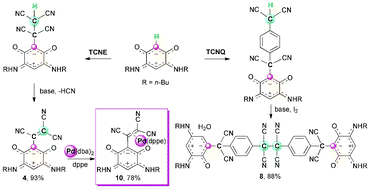The abstract deadline for the Dalton Transactions Younger Researchers Symposium is on Friday (22nd July). If you want to present a poster prize, or be considered for the oral presentation you need to register before the end of the week.
The symposium in a great opportunity to meet postgraduates and postdocs working in inorganic and organometallic chemistry, and as registration is FREE of charge (accommodation and the conference dinner cost comes to just £67), this will be the best value meeting you attend all year!
How to submit an abstract:
- Symposium delegates should register to attend the meeting by clicking on the ‘Registration‘ link on the meeting webpage (see the ‘In this section’ menu).
- Delegates should then submit an abstract to present an oral or poster presentation by clicking on the ‘Call for Papers’ link on the meeting webpage (see the ‘In this section’ menu).
Registration for delegates who do not wish to present their work will remain open until 19th August.
Speakers include the 2010 Dalton Transactions Europe/Africa Lectureship Winner, Professor Karsten Meyer (
FAU University of Erlangen-Nuremberg), Dr Erwin Reisner (University of Cambridge) and Dr Michaele Hardie (University of Leeds). More information available at the event webpage.
Don’t miss out, register today!












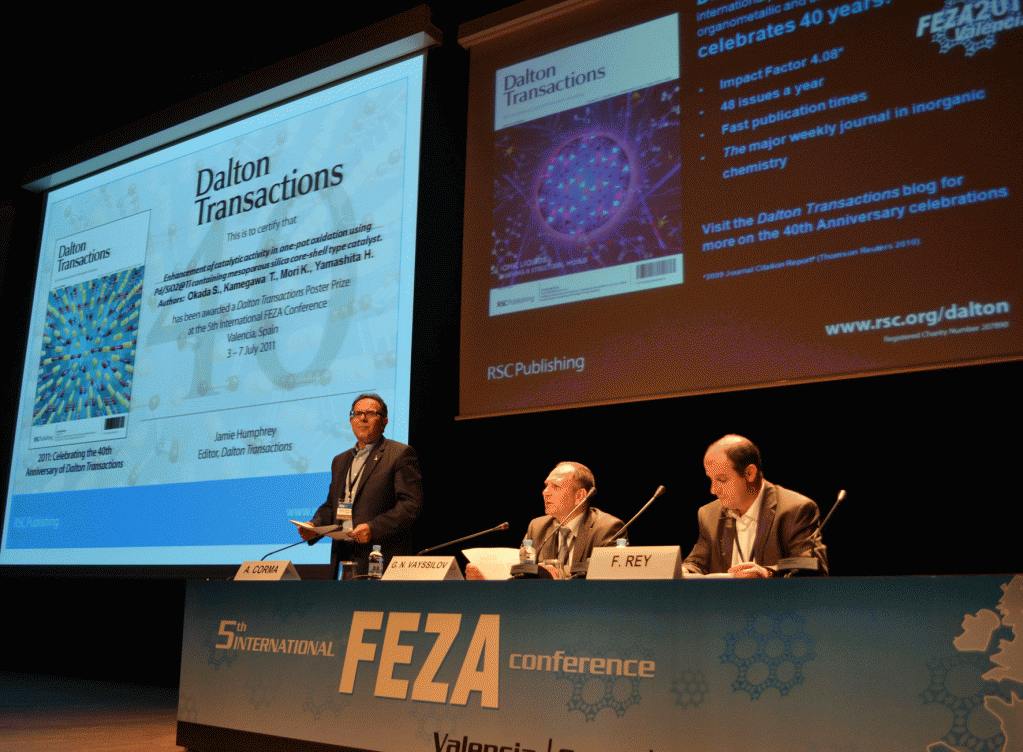
 The Institute of Chemical Research of Catalonia (ICIQ), Tarragonna, Spain, is running a summer school on organometallic catalysis next week.
The Institute of Chemical Research of Catalonia (ICIQ), Tarragonna, Spain, is running a summer school on organometallic catalysis next week.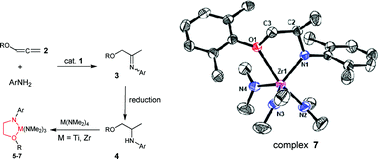 This Dalton Transactions Hot article investigates the intermolecular hydroamination of heteroatom-substituted allenes.
This Dalton Transactions Hot article investigates the intermolecular hydroamination of heteroatom-substituted allenes.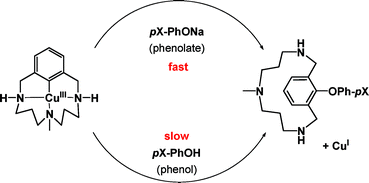 In this HOT article, Ribas and co-workers build on previous studies on the mechanism of Ullmann cross coupling reactions using a well-defined aryl-copper(III) complex. Fundamental mechanistic knowledge of these couplings is still scarce but is gaining renewed interest due to the cost and toxicity benefits in comparison to Pd-based methodologies for the synthesis of key intermediates in the pharmaceutical industry. The reactivity of well defined aryl–CuIII species in front of phenol-type nucleophiles was found to differ substantially from the reactivity with corresponding phenolates, and a significant enhancement was found to produce the same aryl–O coupling product. Mechanistic studies showed that easy deprotonation of coordinated secondary amines was responsible for the intense LMCT band at 545 nm; indeed, this pH-dependent reactivity of the pincer-like coordinated ligand somewhat enhanced its reactivity.
In this HOT article, Ribas and co-workers build on previous studies on the mechanism of Ullmann cross coupling reactions using a well-defined aryl-copper(III) complex. Fundamental mechanistic knowledge of these couplings is still scarce but is gaining renewed interest due to the cost and toxicity benefits in comparison to Pd-based methodologies for the synthesis of key intermediates in the pharmaceutical industry. The reactivity of well defined aryl–CuIII species in front of phenol-type nucleophiles was found to differ substantially from the reactivity with corresponding phenolates, and a significant enhancement was found to produce the same aryl–O coupling product. Mechanistic studies showed that easy deprotonation of coordinated secondary amines was responsible for the intense LMCT band at 545 nm; indeed, this pH-dependent reactivity of the pincer-like coordinated ligand somewhat enhanced its reactivity.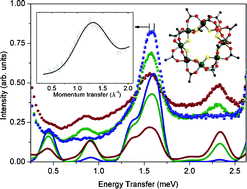 In this HOT article, a detailed study of the impact of a Jahn-Teller distorted Cu(II) ion in the anti-ferromagnetically coupled ring, Cr7Cu, is reported. The Jahn-Teller distortions are identified using spectroscopic techniques and a theoretical characterization is also presented. The problem is important for molecular magnetism as the origin of Jahn-Teller related magnetic anisotropy and consequently the barrier for the spin reversal is single molecular magnets.
In this HOT article, a detailed study of the impact of a Jahn-Teller distorted Cu(II) ion in the anti-ferromagnetically coupled ring, Cr7Cu, is reported. The Jahn-Teller distortions are identified using spectroscopic techniques and a theoretical characterization is also presented. The problem is important for molecular magnetism as the origin of Jahn-Teller related magnetic anisotropy and consequently the barrier for the spin reversal is single molecular magnets.
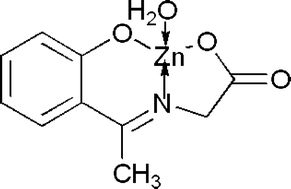 This Dalton Transactions Hot article looks at the use of zinc complexes in cancer treatment. This exciting compound, made by Soumitra Choudhuri and colleagues, was found to act against drug resistant cancers.
This Dalton Transactions Hot article looks at the use of zinc complexes in cancer treatment. This exciting compound, made by Soumitra Choudhuri and colleagues, was found to act against drug resistant cancers.